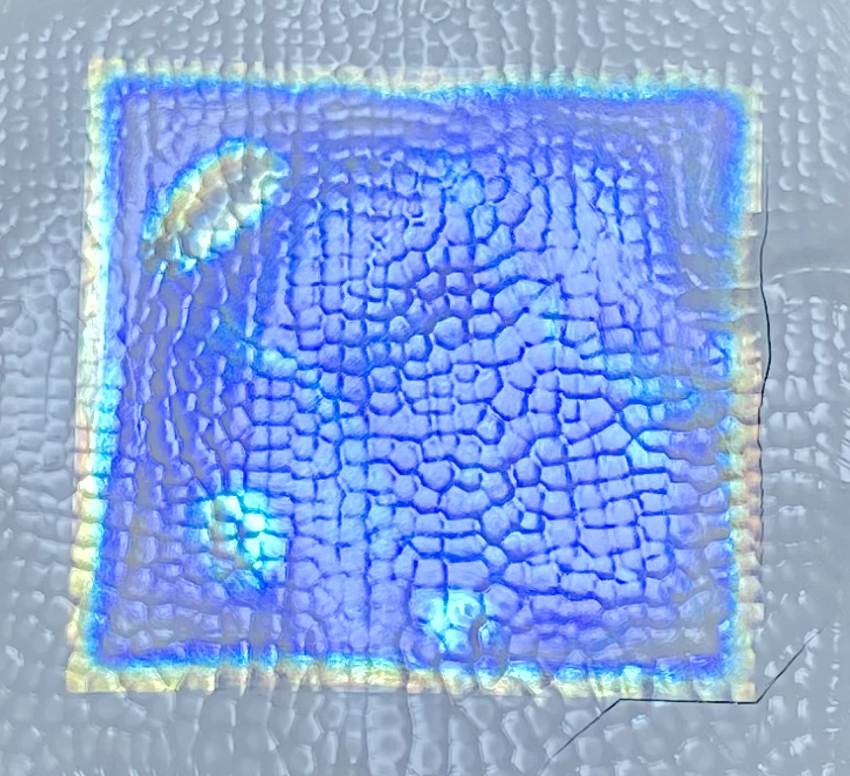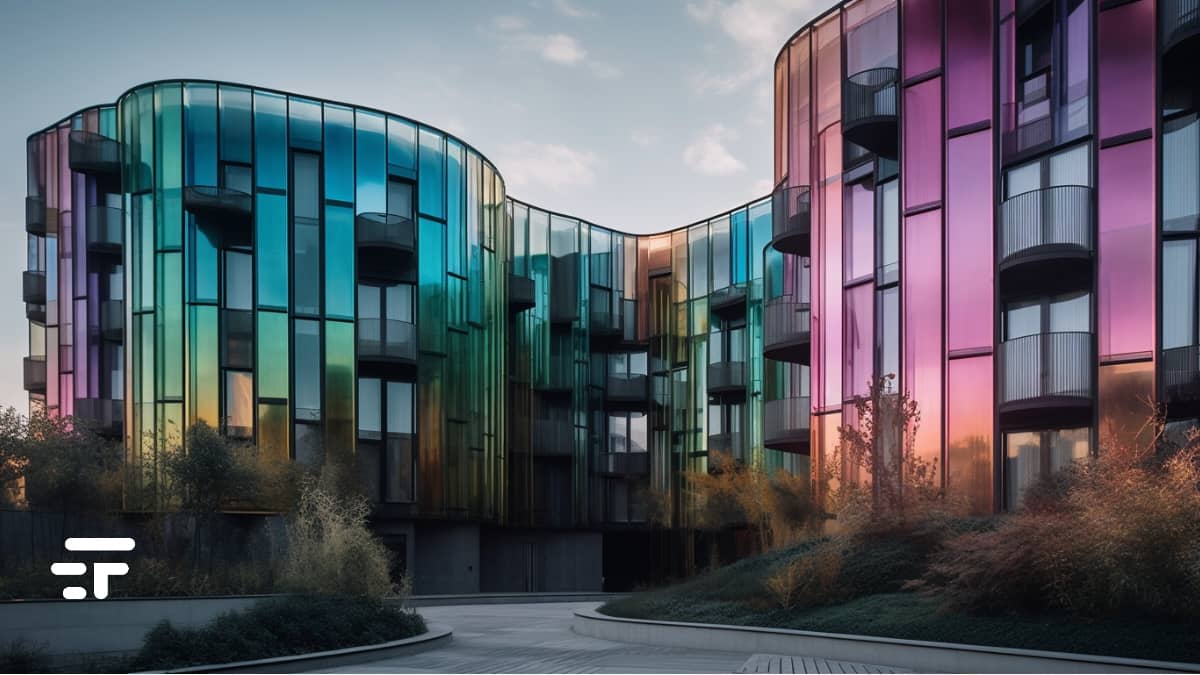A group of chemists at the University of Cambridge have created a special plant-based coating: a film that cools when exposed to sunlight. An innovation that could reduce the need for air conditioning in buildings and vehicles, with a positive impact on the environment.
Sounds like science fiction or not?
How the cooling film works
The coating developed by the researchers exploits the well-known property of radiative cooling passive daytime (PDRC). This means it doesn't absorb much light and radiates heat at a wavelength that escapes the atmosphere, dispersing directly into space.
The talented Italian chemistry Silvia Vignolini, principal investigator of the study, explains that there are few materials with this property and that adding colored pigments could cancel out the cooling effect.

The secret? Nanocrystalline cellulose
The film, presented at the spring meeting of the American Chemical Society (if you want to take a look find the info here) is composed of nanocrystalline cellulose (CNC), a series of tiny particles the size of individual wavelengths of light. These CNCs can take on red, green or blue colors, but are rather fragile.
However, researchers have found a way to combine them with ethyl cellulose, a white and more flexible material. The result is a film that stays 4°C cooler than room temperature during the day. Not bad at all.

Possible applications
Many. Very many. This film can be produced in large quantities, and cellulose is a cheap raw material. Before it can be applied to cars or buildings, scientists want to explore other functions as well. For example, CNCs are sensitive to pollutants, so they could be developed to integrate smoke or smog detectors to integrate directly into coatings.
Thanks to these iridescent and sustainable coatings, we could soon significantly reduce the work of expensive and polluting air conditioning systems, supporting it with an eco-friendly and equally effective solution.
I can not wait.


